Almost half of what we put in landfills is comprised of organic matter, so why not compost it? Composting is good for your garden AND good for the earth! In this post, we’ll show you how.
After many years of painful failure, last year my husband and I finally managed to grow a REAL vegetable garden! It was so fun (and pretty amazing) to plant, care for, grow and eat our own food. And while it took a while to get to the point where we had a successful garden, and while we’ve pretty much made every mistake in the book, when it comes to gardening, we have also learned a lot about what works.
One thing that we know for sure really works well is composting! You see, the secret to any successful garden is the soil–the richer and more fertile, the better. Even so, to many, composting can seem kind of daunting…and even gross. I mean, you essentially have a pail of rotting garbage (sometimes with worms) somewhere, so yes, it seems a bit odd. But truthfully, compost is made of all organic matter and it’s a great example of ecology and the lifecycle of living things. We grow new food using the scraps of our discarded food. There’s no waste and the cycle continues. It’s actually quite beautiful.
About Your Composting Equipment
You don’t need a whole lot of fancy contraptions to get started composting. If you’re diligent about taking your food scraps out to the compost bin each time you have waste, you can get by with a very simple outdoor compost bin.
Compost bins can be made from a variety of materials. Organic matter needs oxygen as it breaks down, so your bin must have ventilation. Homemade bins can be constructed from chicken wire, or as a box out of old pallets and scrap lumber.
If your bin doesn’t turn on its own, you will need to use a shovel and “stir” or fold in the organic matter to keep things moving along and operating safely.
You can create a simple bin by drilling holes in a garbage can as well. Drill holes every five inches or so, so the bin is very well ventilated. For this kind of compost bin, you can just pick it up and give it a good shake every week or so (or use a shovel to turn it over, if you’d like to be more thorough).
We purchased this compost tumbler which really makes things easy. You just drop in your waste and give it an occasional turn. It’s safe for children (and animals can’t get in and tip it over or dig around). It’s also great because you can run two batches of compost at once. It collects the “compost tea” (the nutrient-rich runoff) in the lower chamber for a little extra boost for your plants.
Whatever bin you decide on, place it in a sunny or mostly-sunny spot. Heat will help things break down. In the fall and winter, it can take compost quite a while to break down. In the heat of the summer, it can turn over in just a few weeks.
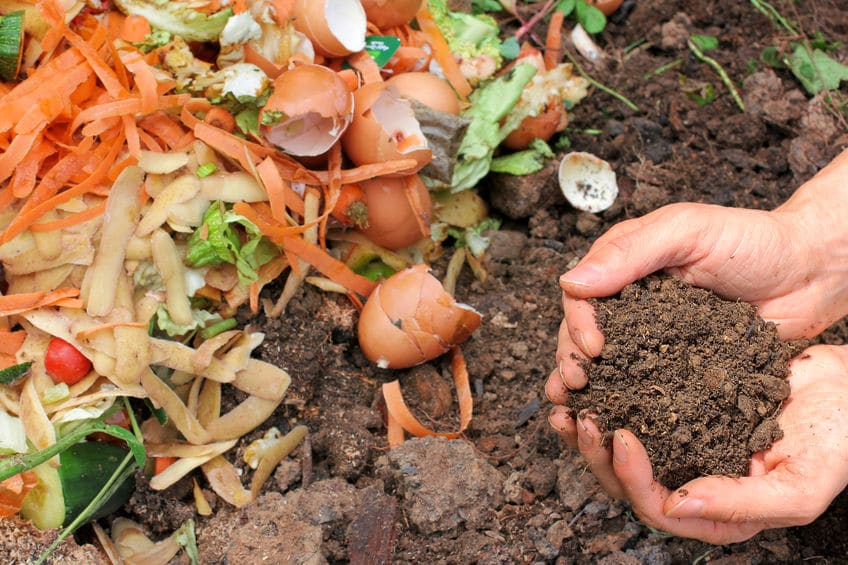
Getting Started—What Can I Put In My Compost?
Once you have your compost bin, you’re ready to rock. Everything in your compost should be plant-based. Some guidelines say you can add eggs, processed foods, and even some animal products (hair and manure, for example). I would save those types of items for large compost piles and more advanced attempts. Anything not completely plant-based can cause rotting and bad smells, plus it can attract scavengers and other creatures you don’t want rummaging around in your pile.
Get started with your compost by using a good mix of what they call “browns and greens.” Generally, you want one part green to two parts brown. I like to think of browns as “tree matter” and greens as “plants.” Although not exactly a perfect description, it gives you a general guideline.
Examples of “brown” matter:
Paper (newspaper, cardboard, paper towels), dry leaves and grass, chipped wood and sawdust, hay, twigs and branches from trees.
Examples of “green” matter:
Fruit and vegetable scraps, coffee and tea grounds, pruning from trees and fresh grass.
Some books recommend “layering” compost with browns and greens, but I’ve found it really doesn’t matter if you layer. It seems to work just as well with everything tossed together.
When you first begin, it may be helpful to start with some twigs, branches, hay or dried grass, just to create a good base for everything to go on top of. Oxygen needs to get into the organic matter so it can start to break down. The microbes, worms and other compost-makers need to do their job by eating through the compost and breaking it down into soil. Having smaller pieces in your compost can help it break down faster.
Your compost should be fluffy and moist but not soaking wet. If you live in a dry climate, you may need to water your compost often. If you’re in an area with regular rain and humidity, you might not have to water it at all. Generally speaking, it should feel like a washcloth that’s been rung out.
Once you’ve got a good texture going, you just add to your compost as you have organic matter to throw away—yard waste, food scraps, newspaper shreds, wood chips or coffee grounds.
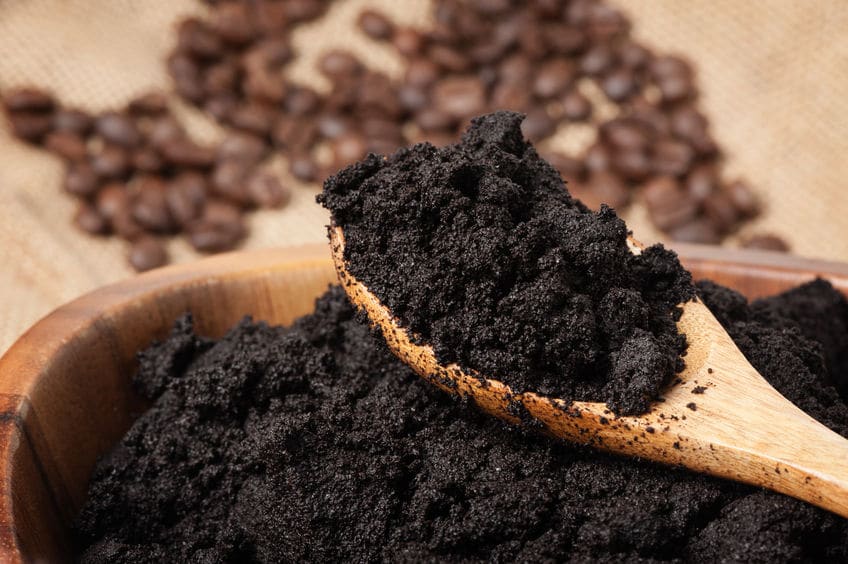
On a side note: Did you know Starbucks and other coffee shops often have coffee grounds available for gardeners to take for FREE? Check with your local coffee shop to see if you can pick them up to give your compost a little boost. There are many other uses for coffee grounds in your garden as well, as my friend Melissa K. Norris outlines on her blog. Melissa did our feature on container gardening awhile back and you can certainly use your compost to boost your container garden, as well as your veggies!
What Can I Do to Become a Super Composter?
There are many ways to take your compost to the next level. You can purchase soil testers to check the pH levels in your soil and adjust your compost accordingly. You can use an aerator to ensure you’re mixing oxygen into the compost pile properly. You can also try a compost starter with microbes to boost your decomposition and get things off to a racing start.
There are composters who religiously test the temperature of their piles. It IS actually quite fascinating: big piles can reach temperatures of 160 degrees when they’re breaking down. That’s hot enough to burn your skin! Most smaller piles, especially if they’re regularly turned won’t get nearly that hot, and will stay somewhere around 100 degrees.
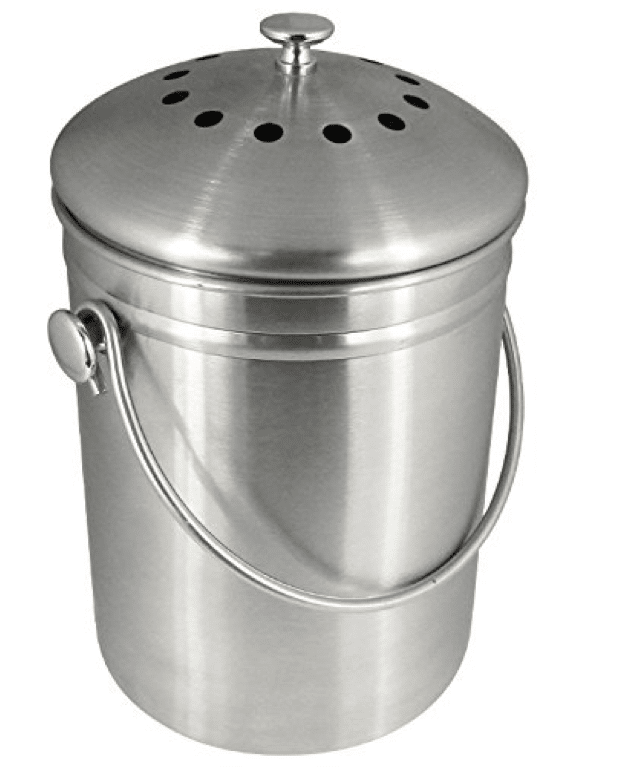
You can also purchase a countertop composter. Before you go “Yuck!” check out some of the very attractive bins available. Most contain a filter and you’ve probably seen them around on countertops not even realizing they’re composters! They literally look like an attractive crock or canister and there’s no smell at all. It’s definitely more convenient than running orange peels or an apple core out to the compost bin at ten o’clock at night.
Shredding items before they go in the bin will help them break down faster. There are leaf shredders available you can use to break down small items. Composting is also an excellent way to get rid of your paper shredding waste. I simply make sure we break down our items into small pieces as much as possible, but even when I threw in a wilted Jack-o’-lantern, it broke down quickly.
A word of caution: keep in mind, seeds will often survive composting. If you throw weeds in your compost bin, you might end up with weeds in your vegetable garden later on. The same goes for other good seeds as well. We use Seeds Now to get our GMO-free, organic seeds, which can be saved and used again. If you compost these heirloom variety veggies, you might be surprised when something unexpected sprouts up in your garden. Not every seed will survive the compost and you may already plan to remove your seeds to save and plant again, but just be aware you may see some surprises when you use these great seeds.
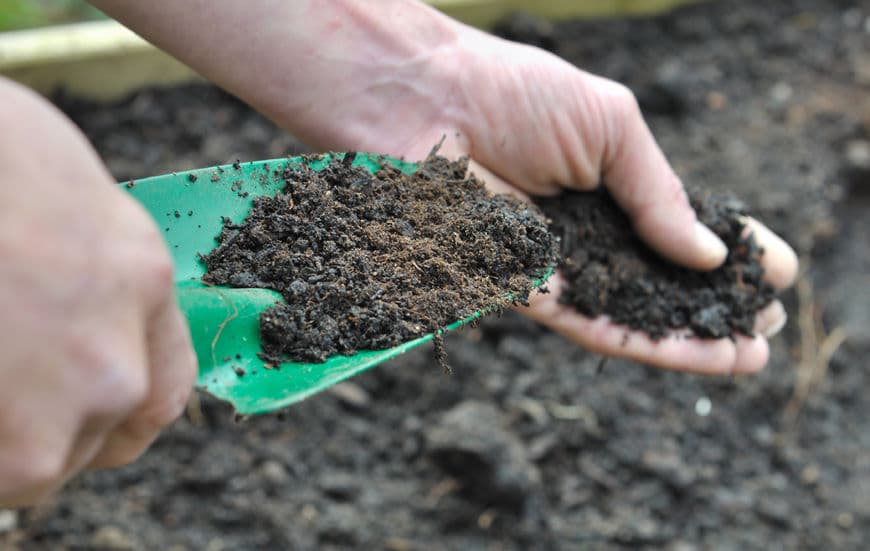
When You’re Ready to Plant…
When you’re ready to plant (or when you want to spread a little compost love around your existing plants), simply check your compost to see that it’s completely broken down. Ready-to-go compost should have an earthy, dirt-like smell and should have no identifiable pieces remaining. It will be dark brown to black.
If you aren’t certain your compost is ready, you can take a spoonful of compost and add it to a jar of water. Give it a few days, then smell the jar. Does it smell like rotting food, sour or otherwise offensive? Let your compost keep cooking for another week or two. Does it just smell like dirt? You’re ready to go!
Compost can be used in any garden (not just veggies, fruits and herbs) and can greatly enhance soil. Simply till the compost into your existing soil, turning it in and working it around the plants. If you have a limited amount of compost, keep it worked into the soil surrounding the base of your seedlings—where it will do the most good and provide your growing plants with the most nutrients.
Don’t be alarmed if you see a little mold (not a lot) or some worms in your compost. If you notice a swarm of bugs or rampant mold, let your compost dry out a little and add more brown matter. Chances are you have too much green matter going on and it’s drawing in unwanted “friends.”
Composting is very easy and fun. It shouldn’t seem intimidating, and it’s definitely not messy. It’s a great way to get in touch with the amazing cycle of life you can watch throughout the year in your vegetable garden. It reduces your waste and carbon footprint, and it’s a key contribution to organic gardening. If you plan to have a garden this year, give composting a try!
You may also want to read:
PIN IT FOR LATER:
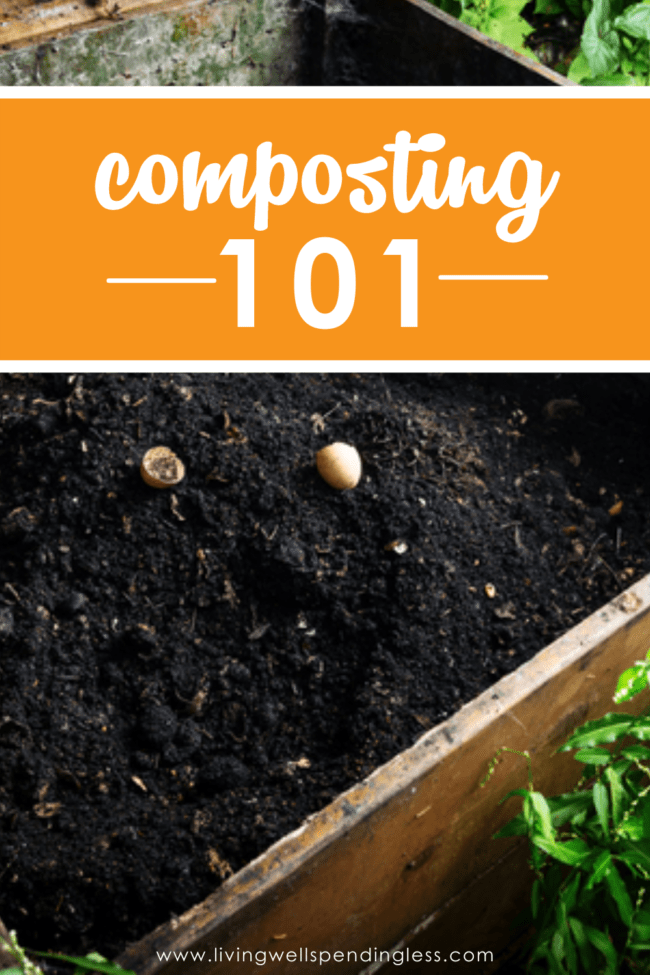
TAKE BACK CONTROL OF YOUR HOME LIFE
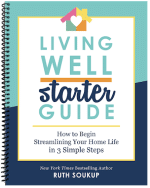 Ever feel like you just can't keep up? Our Living Well Starter Guide will show you how to start streamlining your life in just 3 simple steps. It's a game changer--get it free for a limited time!
Ever feel like you just can't keep up? Our Living Well Starter Guide will show you how to start streamlining your life in just 3 simple steps. It's a game changer--get it free for a limited time!
If you love this resource, be sure to check out our digital library of helpful tools and resources for cleaning faster, taking control of your budget, organizing your schedule, and getting food on the table easier than ever before.

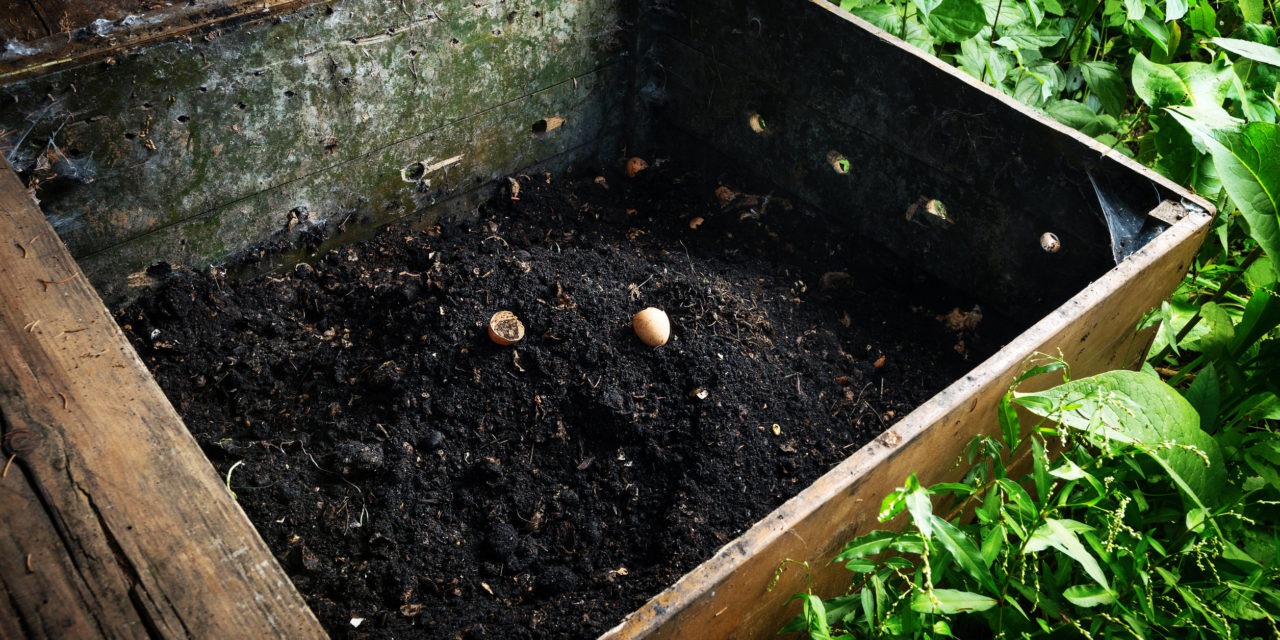
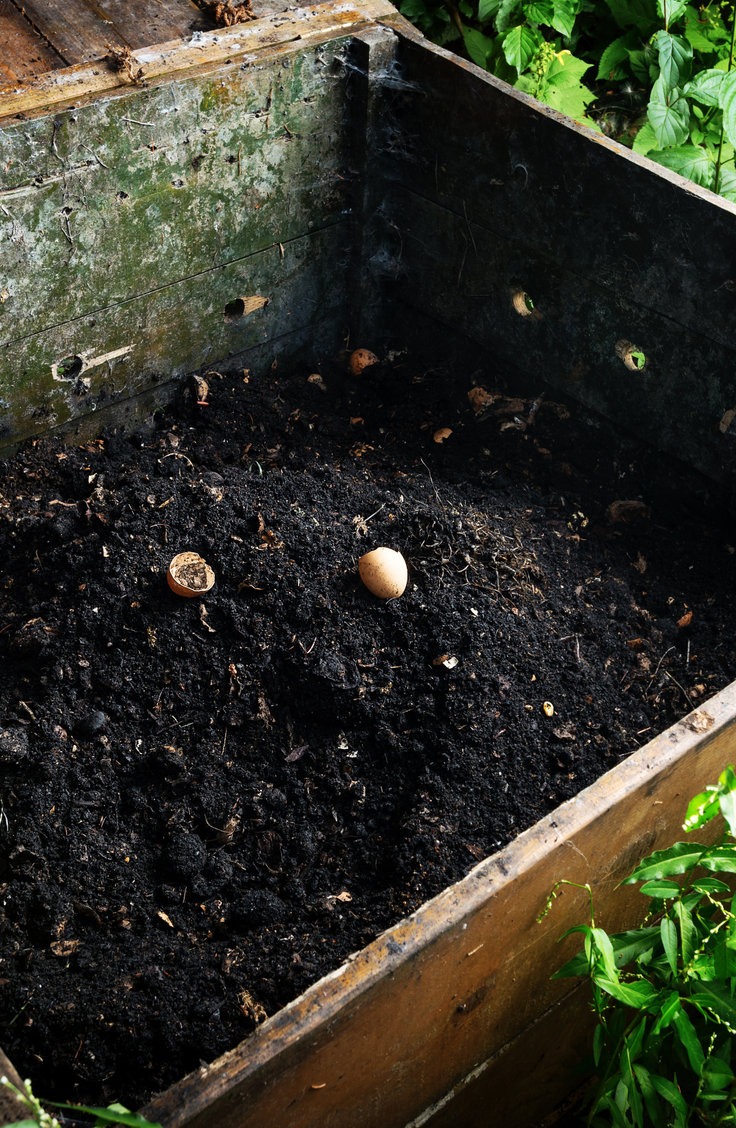
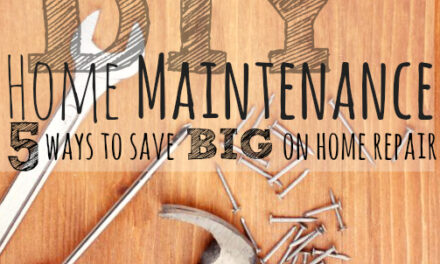
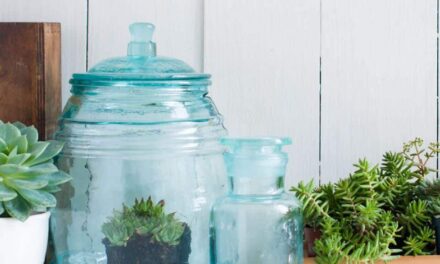
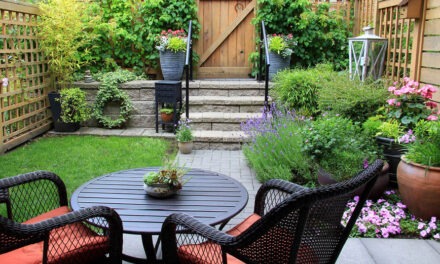
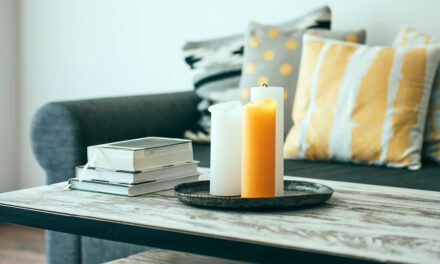

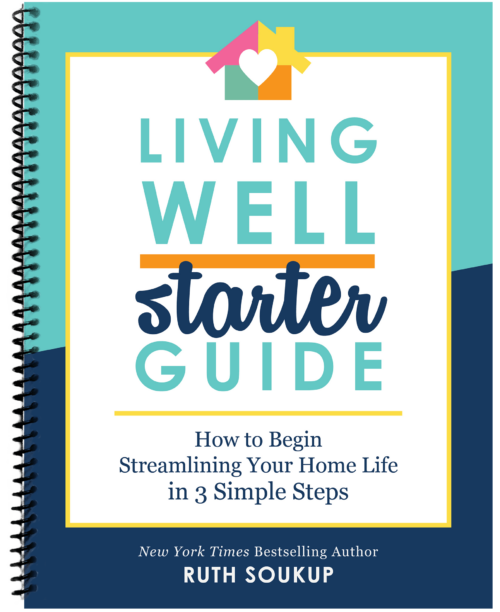

I purchased a nice composter and anxious to get going after assembly, made a place for it behind a fence. I cleaned out the area of pine needles and oak leaves, using that as a base in the composter. I’ve only added “greens” since. A couple of weeks after I added the pine needles, I thought, oh well, I’ll use this around my acid loving plants. Not sure why I didn’t think of this beforehand but it’s been about eight months and the pine needles have barely decomposed. I should have known better!
Any suggestions – other than what I’ve read above – on what to do to get the process accelerated so I can start a non-acid based compost? Unfortunately, the only truly sunny place on my property is the front yard so I won’t move the composter there! Thank you.